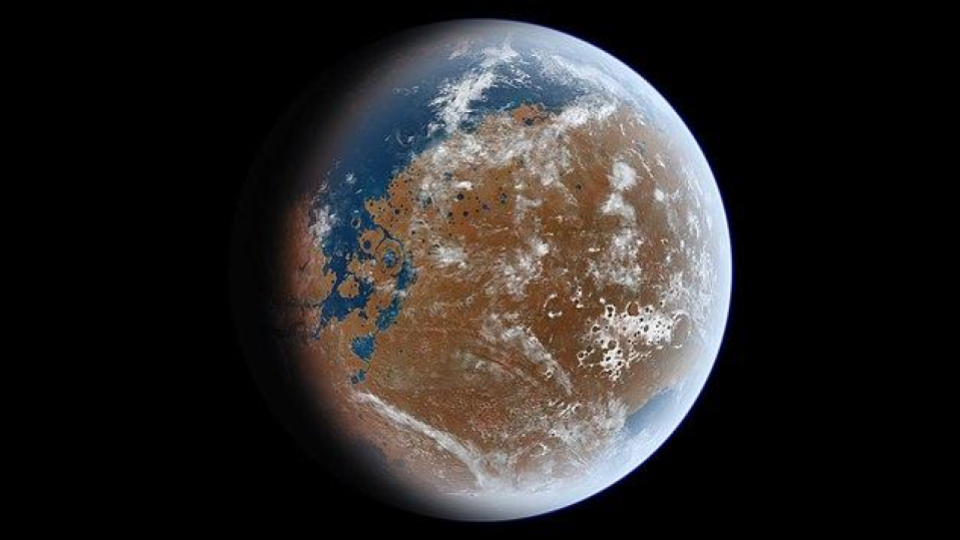
When we look out across the Universe, or even just our Solar System, we are only seeing a moment in the fast history of space. We see a galaxy fully formed with spiral arms and a nice little bar. We see planets with moons and rings that weren’t always there. And we see worlds that once had lush landscapes turned to wastelands.
Everyday, it seems, we get a better understanding of how young Mars was Earth-like in many ways. From vast but temporarily oceans, to river deltas and crater lakes, water once ran over Mars surface. Past studies have found evidence in the presence of minerals, like Olivine and Hematite, that need water to form, and also in the shaping of th e landscape, which includes the kinds of worn down rocks, cracked soils, and ravines that typically form where water flows.
Now, a new paper in the Journal of Geophysical Research: Planets, with first author Patrick Gasda, highlights the presence of a layer of manganese rich minerals that appear to have formed from a river. These are curious results, and I’m going to use Gasda’s words to explain it. “It is difficult for manganese oxide to form on the surface of Mars, so we didn’t expect to find it in such high concentrations in a shoreline deposit. On Earth, these types of deposits happen all the time because of the high oxygen in our atmosphere produced by photosynthetic life, and from microbes that help catalyze those manganese oxidation reactions. On Mars, we don’t have evidence for life, and the mechanism to produce oxygen in Mars’s ancient atmosphere is unclear, so how the manganese oxide was formed and concentrated here is really puzzling. These findings point to larger processes occurring in the Martian atmosphere or surface water and shows that more work needs to be done to understand oxidation on Mars.”
Put another way, these minerals are easy to explain if there is life, but we don’t know for certain that Mars had life… we also don’t know for certain that Mars didn’t have life… and now researchers need to either find a non-biologic mechanism to explain this mineral… or…. Folks, we aren’t here to say there was life on Mars, but …
I for one am eager for the day it becomes possible to go fossil hunting on Mars. So many things we’re seeing would be so much easier to understand if we could just say “Yeah, bacterial mats and single-celled life had a chance to evolve before the environment collapsed.”
Oh – and here is food for thought, Mars doesn’t have a magnetic field, so solar storms will be, and would have been, nastier at its surface than what we’re experiencing here on Earth. NASA has started research on what an active Sun means for rovers and humans on Mars’ surface.
